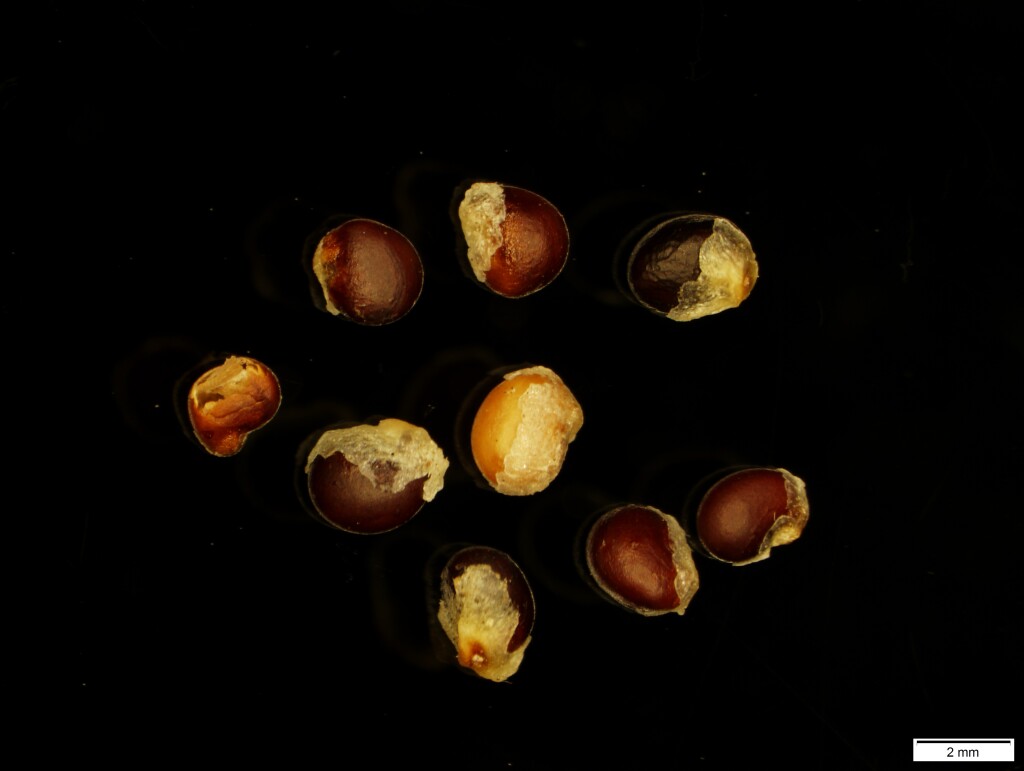Dilleniaceae
Shrubs, rarely scramblers or climbers, but also trees. Leaves alternate or opposite, stipules absent, rarely minute. Flowers single, rarely in cymes or racemes, bisexual, actinomorphic to zygomorphic; sepals 5, imbricate, persistent; petals 5, rarely 3–many, imbricate, deciduous to caducous; stamens 3–many in a ring or groups around the ovary, or in one group to one side of it, hypogynous, usually free, rarely with some staminodes; anther locules 2, dehiscing by pores and/or longitudinal slits; carpels 1(–many), usually free; ovary with 1–many anatropous ovules; style free with simple terminal stigma. Fruit a follicle (rarely indehiscent); seeds often with funicular aril of different shapes, embryo small, straight, endosperm copious.
11 genera with over 400 species, mainly pantropical but with large number of species in subtropical and temperate Australia; 3 genera in Australia.
Toelken, H.R. (1996). Dilleniaceae. In: Walsh, N.G.; Entwisle, T.J., Flora of Victoria Vol. 3, Dicotyledons Winteraceae to Myrtaceae, pp. 300–313. Inkata Press, Melbourne.
 Spinning
Spinning


